Twisted Electrons TherapSID MKIII: This time, bring your own chips
Twisted Electrons has produced the third and final version of the TherapSID 8-bit synthesizer and has gotten around the chip shortage by not including any.
TherapSID
That all seems a bit odd. Here’s an awesomely playable 8-bit SID-based synthesizer, but you’re going to have to supply your own SID chips? On the other hand, Twisted Electrons has this fabulously designed vehicle for chiptune music, and why should the lack of chips prevent people from getting the best out of the ones they already have?
Well, if you’re the owner of any 6581, 8850 (6582) or Swinsid chips, then only you can make the decision as to whether the TherapSID MKIII is a good place to put them.
The TherapSID offers the control potential of 35 knobs and 33 buttons, making practical every parameter available on the front panel. It has a multimode voice-assignable analogue filter and lots of modulation via LFOs and envelopes. There are 3 CV inputs, an arpeggiator and a preset randomiser. From your SID chips, it can pull 3 oscillators with 4 waveforms each and run in unison, 3-voice mode or split them over different MIDI channels. It can even handle a mix of different SID chips.
Twisted Electrons has also upgraded the connections on the TherapSID. It now has proper 1/4″ outputs, DIN sockets for MIDI and a very welcome power switch.
It’s a bit of a weird thing to do, but Twisted Electrons must be confident that there are SID users out there who need a better hardware experience and are willing to pay €474 for the privilege. There’s nothing else quite like it, and they won’t be making any more.
Here’s a video of the MKII with which the MKIII shares almost everything.
You are currently viewing a placeholder content from YouTube. To access the actual content, click the button below. Please note that doing so will share data with third-party providers.
2 responses to “Twisted Electrons TherapSID MKIII: This time, bring your own chips”
 4,2 / 5,0 |
4,2 / 5,0 | 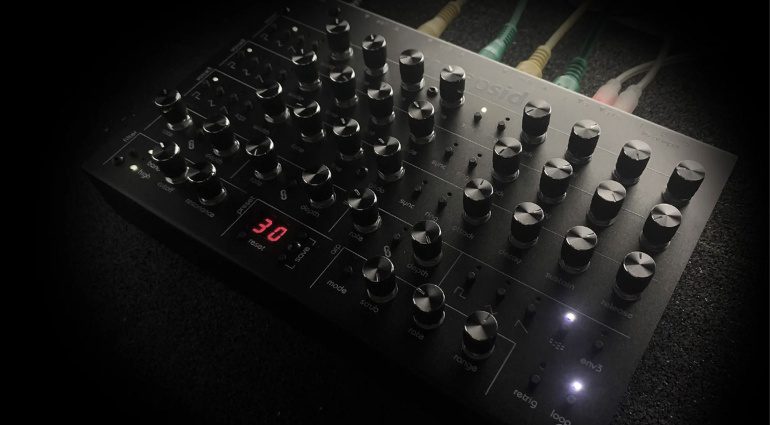

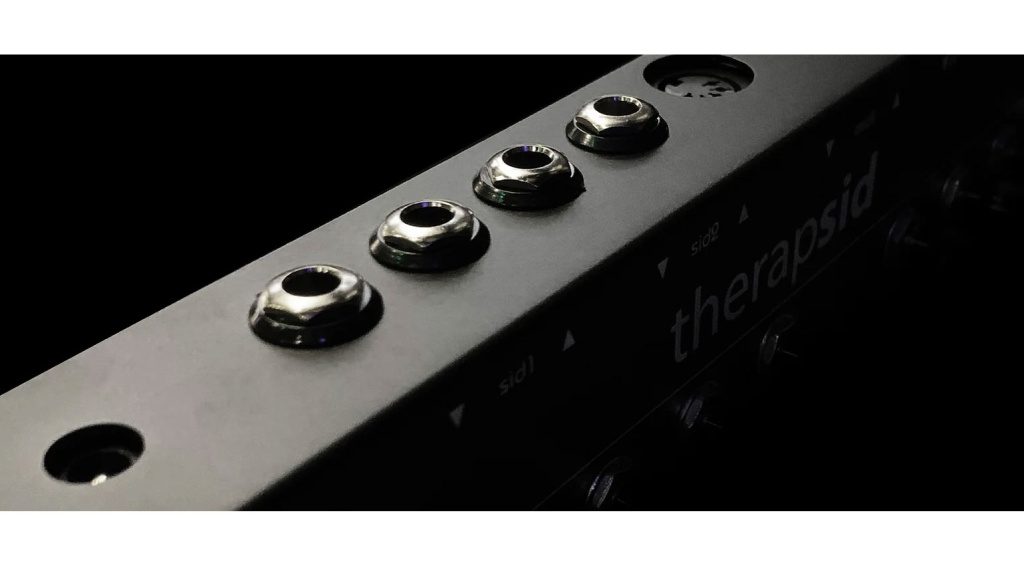
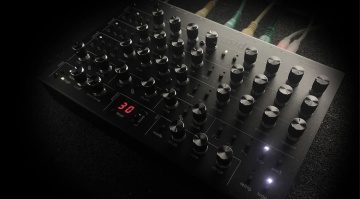

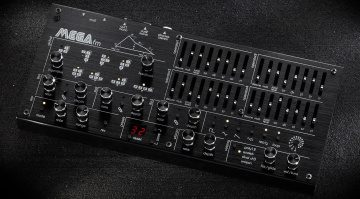
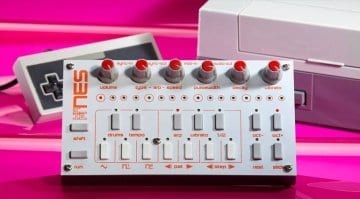
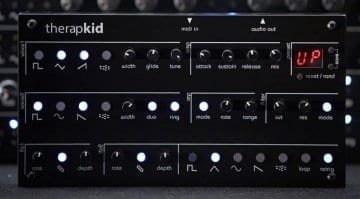
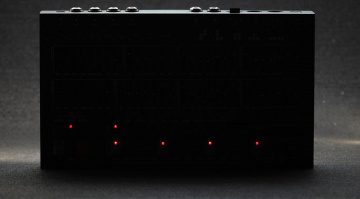
So… what’s new in mkiii?
A change to the hardware and power connections, the lack of chips….. and that’s about it.